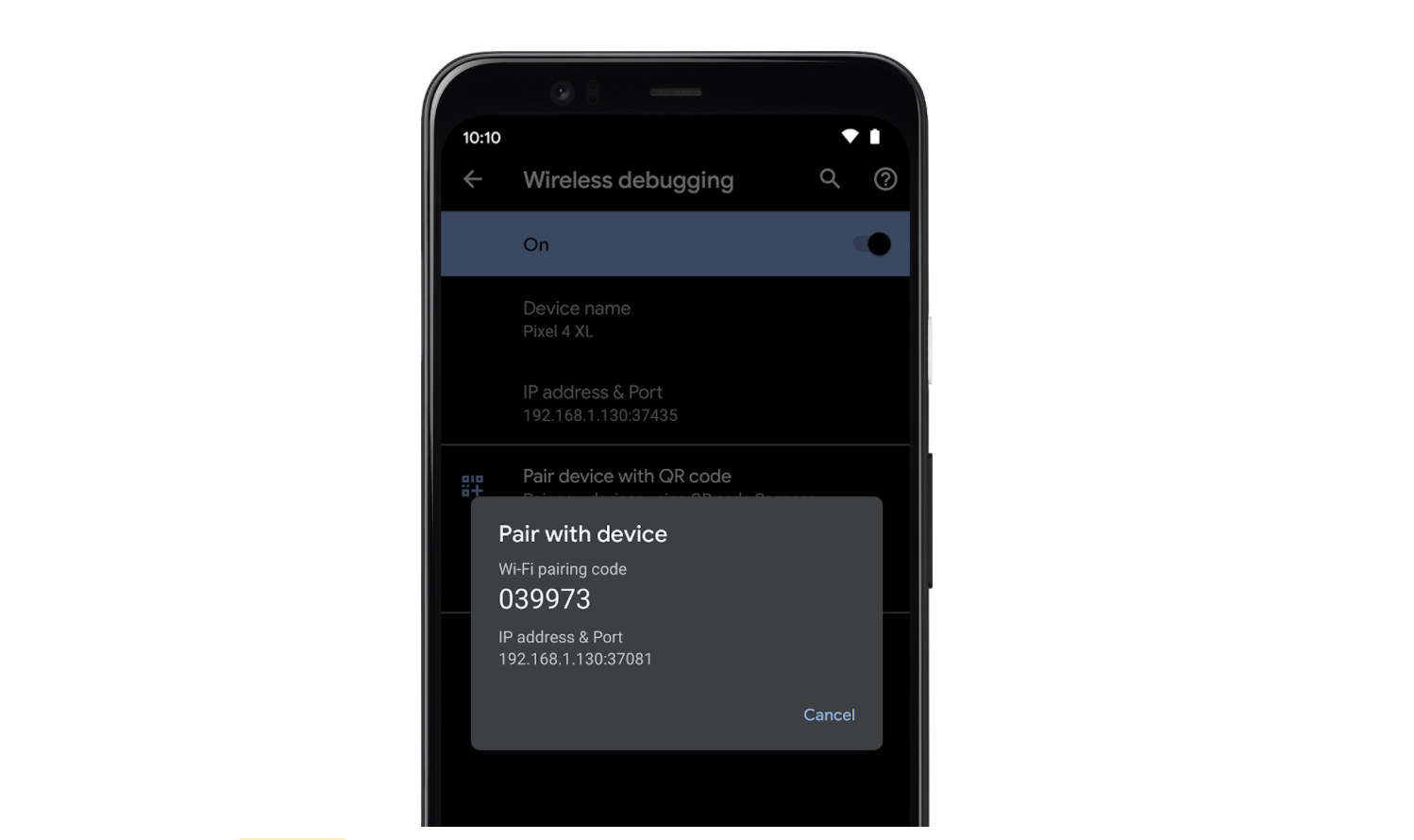
Our teams, like all of you, continue getting used to a new normal. For many of us, that means working from living rooms, kitchens, backyards and bedrooms. So, from our homes to yours, we wanted to take a moment to share our most recent developer preview for Android 11. This update includes bug fixes and a set of productivity improvements for developers.
You can see some of the highlights below, and visit the Android 11 developer site for details on all of the new features in Android 11. Today’s release is for developers and not intended for daily or consumer use, so we’re making it available by manual download and flash for Pixel 2, 3, 3a, or 4 devices. If you’re already running a Developer Preview build, you’ll receive an over-the-air (OTA) update to today’s release soon. As always, let us know what you think, and thank you for the helpful feedback you’ve shared so far.
What’s in Developer Preview 3
In today’s release there are a number of new features and changes for you to try, as well as the latest updates to existing features, APIs, and tools. Here are just a few:
App exit reasons updates - Apps can exit for a variety of reasons, from crash to system kill or user action. Across the many device types, memory configurations, and user scenarios that your app runs in, it’s important to understand why the app exited and what the state was at the time. Android 11 makes this easier with an exit reasons API that you can use to request details of the app’s recent exits. In DP3 we’ve updated the APIs based on your input, so please take a look. If you haven’t had a chance to check out this new API yet, we recommend giving it a try and please let us know what you think here.
GWP-ASan heap analysis - Android 11 uses a variety of tools to harden security-critical components in the platform and apps. In DP3, we’re adding GWP-ASan as another way to help developers find and fix memory safety issues. GWP-ASan is a sampling allocation tool that detects heap memory errors with minimal overhead or impact on performance. We’ve enabled GWP-ASan to run by default in platform binaries and system apps, and now you can now enable it for your apps as well. If your app uses native code or libraries, we recommend enabling GWP-ASan and testing as soon as possible. For details, see the documentation.
ADB Incremental - Installing very large APKs with ADB (Android Debug Bridge) during development can be slow and impact your productivity, especially those developers working on Android Games. With ADB Incremental in Android 11, installing large APKs (2GB+) from your development computer to an Android 11 device is up to 10x faster. To use this new developer tool, first sign your APK with the new APK signature scheme v4 format, and then install your APK with the updated ADB command line tool found in the Android 11 Preview SDK. This new feature is part of a broad suite of new tools we're investing in to make you more productive in building games on Android. Note that in DP3, ADB Incremental only works with Pixel 4 / 4XL devices due to a required file system change at the device level. All new devices launching with Android 11 will include this change and will support ADB Incremental. Learn more here.
Wireless Debugging - In Android 11, we’ve completely revamped the debugging experience using ADB over a Wi-Fi connection. With limited USB ports on laptops, and a myriad of USB cables & connections to manage, the Wireless Debugging feature in Android 11 can help you be more productive. Unlike the existing TCP/IP debugging workflow, Wireless Debugging on Android 11 does not need a cable to set up, remembers connections over time, and can utilize the full speed of the latest Wi-Fi standards. In DP3, use the pairing code workflow to get started with this developer feature. We plan to add an integrated experience for Wireless Debugging with QR code scanning in a future Android Studio release, but we want to get your early feedback on the command line tool offered in Android 11 DP3. For details, see the documentation.

Try the new wireless debugging feature in Developer Options.
Data access auditing updates - In DP3 we renamed several of the APIs for this Android 11 developer feature. If you are already using the APIs, make sure to check out the changes. If you aren’t familiar, data access auditing lets you instrument your app to better understand how it accesses user data and from which user flows. For example, It can help you identify any inadvertent access to private data in your own code or within any SDKs you might be using. Give data access auditing a try in your apps - you can read more here. Let us know your feedback here.
For details on everything that’s changed in Developer Preview 3, take a look at the DP3 diff report and read the release notes for details about known issues.
App compatibility
With Developer Preview 3, we’re well on the way to finalizing features and APIs and shifting our focus to polish and performance. If you haven’t already, now is the time to begin testing your app for compatibility and identify any work you’ll need to do. We recommend releasing a compatible app update by Android 11 Beta to get feedback from the larger group of Android Beta users.
When we reach Platform Stability, system behaviors, non-SDK greylists, and APIs are finalized. At that time, plan on doing your final compatibility testing and releasing your fully compatible app, SDK, or library as soon as possible so that it is ready for the final Android 11 release. You can read more in the timeline for developers.
You can start compatibility testing today on a Pixel 2, 3, 3a, or 4 device, or you can use the Android Emulator. Just flash the latest build, install your current production app, and test the user flows. Make sure to review the behavior changes for areas where your app might be affected. There’s no need to change the app’s targetSdkVersion at this time, although we recommend evaluating the work since many changes apply once your app is targeting the new API level.
To help you test, we’ve made many of the targetSdk changes toggleable, so you can force-enable or disable them individually from Developer options or ADB. Check out the details here. Also see the greylists of restricted non-SDK interfaces, which can also be enabled/disabled.
App compatibility toggles in Developer Options.
Get started with Android 11
Developer Preview 3 has everything you need to try the latest Android 11 features, test your apps, and give us feedback. Just download and flash a device system image to a Pixel 2 / 2 XL, Pixel 3 / 3 XL, Pixel 3a / 3a XL, or Pixel 4 / 4 XL device, or set up the Android Emulator through Android Studio. Next, update your Android Studio environment with the latest Android 11 Preview SDK and tools, see the set up guide for details.
As always, your feedback is crucial, so please continue to let us know what you think — the sooner we hear from you, the more of your feedback we can integrate. When you find issues, please report them here.
For complete information on Android 11, visit the Android 11 developer site.






